Exploring the World of Native Traffic - Unveiling the Power of Targeted Advertising
Native advertising has become an essential part of any digital marketing strategy. With its ability to seamlessly blend into the user experience, native ads have proven to be highly effective in drivi
Buy CPC Traffic | Buy Display Ads | Exclusive traffic sources | Buy Push Ads | Popunder ADS | Buy Native Ads | Buy Preroll Ads
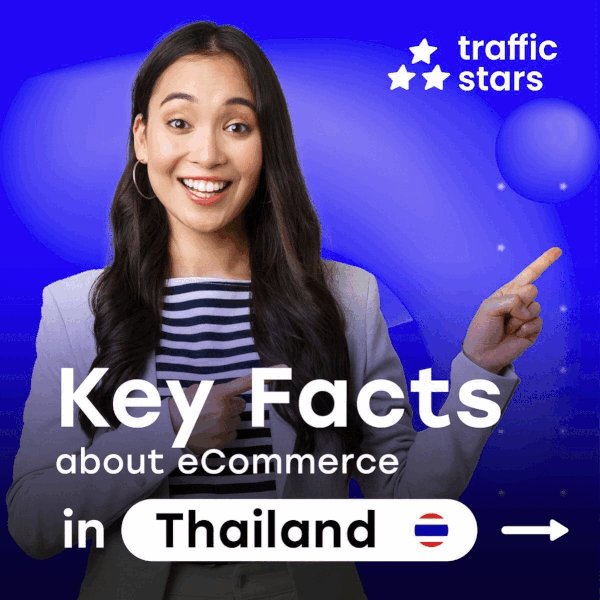
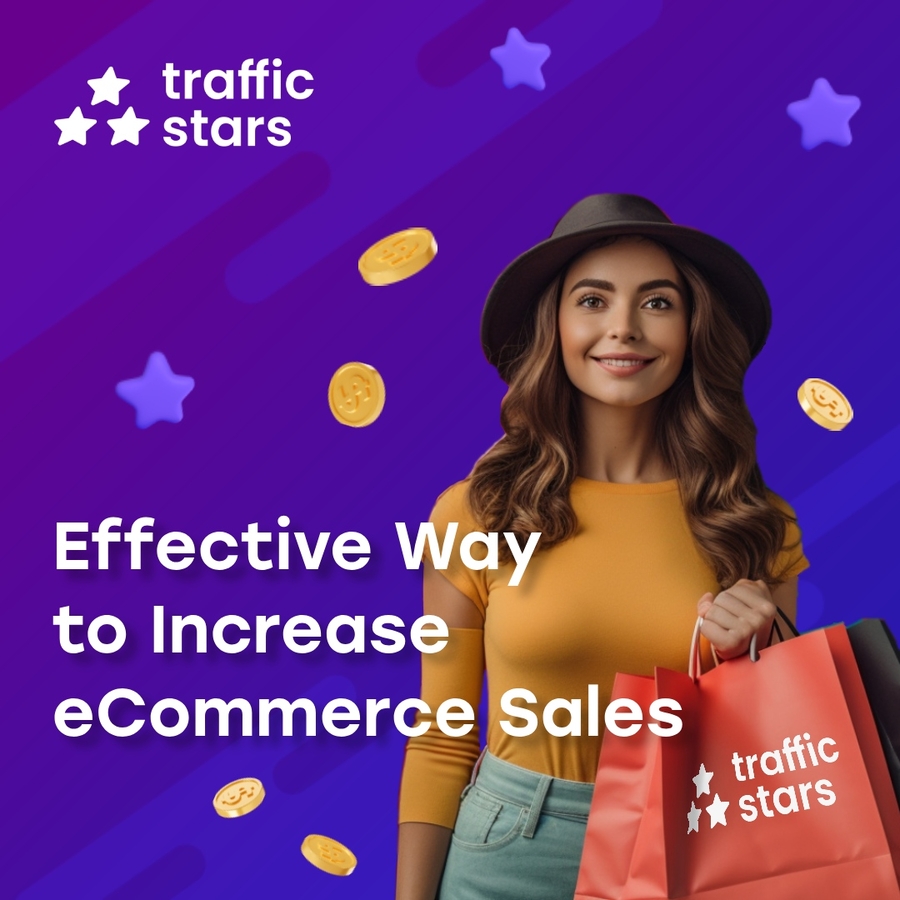
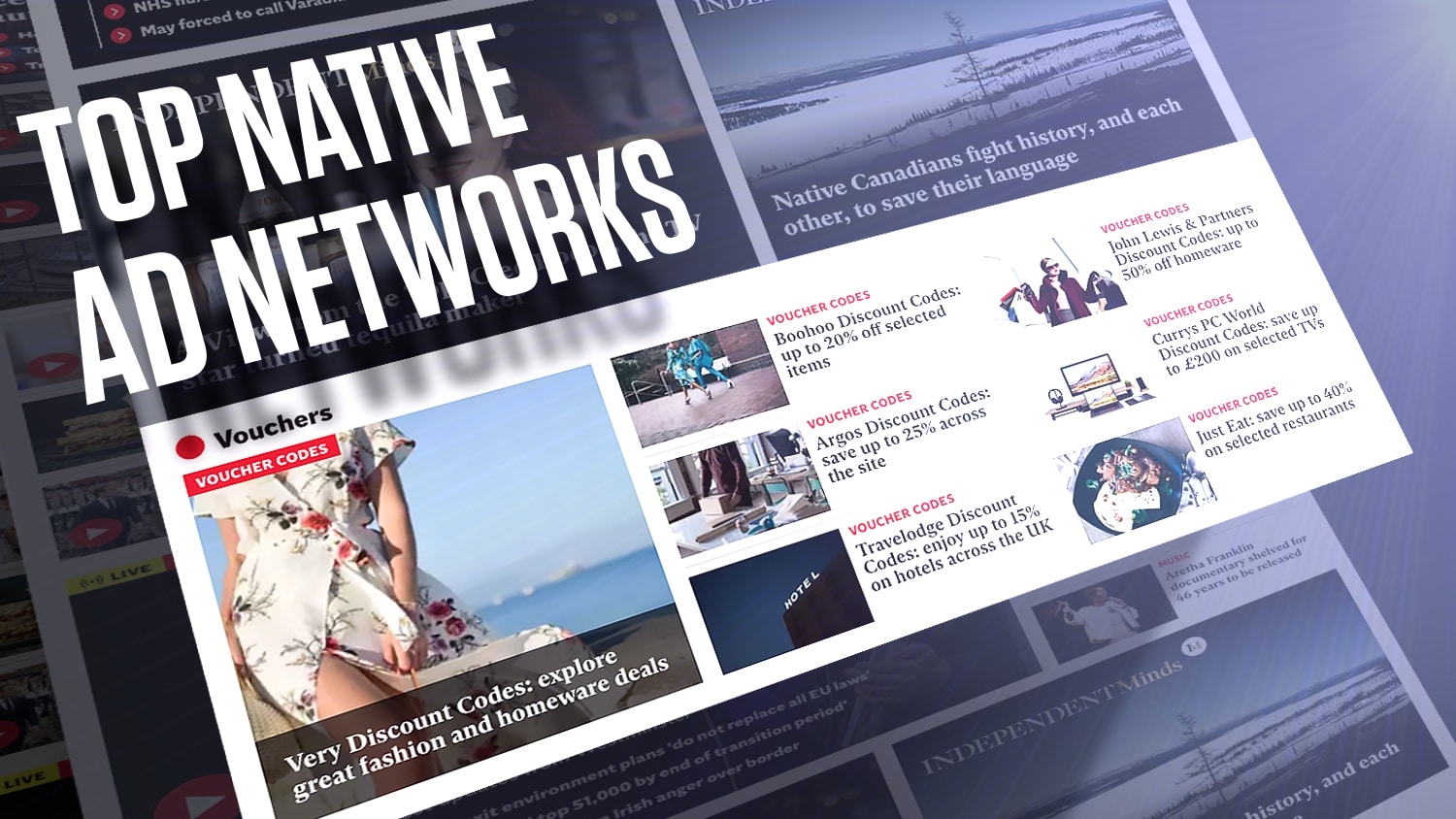
In the world of online advertising, native traffic has become an increasingly popular method for driving website traffic and increasing brand visibility. Native advertising is a form of paid media that seamlessly blends in with the content of a website or app, making it appear more organic and less intrusive. This type of advertising is often presented in the form of sponsored articles, recommended content, or promoted listings.
Native traffic is highly effective because it taps into the psychology of online users. Traditional display ads are often ignored or blocked by users, but native ads are more likely to be seen and engaged with. They don't disrupt the user experience and provide value by offering relevant and interesting content that users are already interested in.
One of the key advantages of native traffic is its ability to target specific audiences with relevant and personalized content. Native ads can be customized to match the look and feel of the publisher's website, which helps to create a seamless browsing experience. By serving ads that are tailored to the interests and preferences of the target audience, advertisers can drive more qualified traffic to their websites and increase the chances of conversion.
What is Native Traffic?

Native traffic refers to the type of web traffic that comes from native ads. Native ads are a form of online advertising that seamlessly integrate with the content of a website, making them appear more like editorial content rather than traditional ads.
Native ads blend in with the surrounding content and mimic the site's user experience, making them less intrusive and more engaging to users. They typically include headlines, images, and descriptions that are relevant to the site's content, providing value to the users without disrupting their browsing experience.
This type of advertising has gained popularity due to its ability to increase user engagement and improve ad performance. Native traffic is known for its ability to drive higher click-through rates (CTR) and conversion rates compared to other types of online advertising.
Advertisers use native traffic to reach their target audience in a more organic and non-disruptive way. By appearing as part of the website's content, native ads have a greater chance of capturing the attention of users who are already interested in the topic or products being promoted.
Native traffic can be generated through various channels, including social media platforms, native ad networks, content discovery platforms, and influencer marketing. It is important for advertisers to optimize their native ads to ensure they are relevant and engaging to the target audience.
Overall, native traffic offers a more user-friendly and effective approach to online advertising, allowing advertisers to connect with their audience in a more authentic and seamless way.
Understanding the Basics
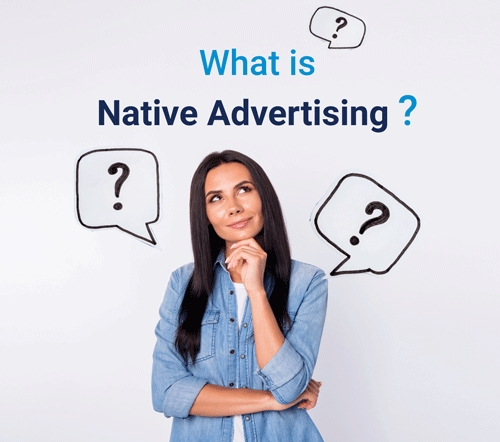
Native traffic is a type of online advertising that blends seamlessly into the user experience of a website or app. Unlike traditional display or banner ads, native ads match the visual design and layout of the platform they are displayed on, making them look like natural content.
The purpose of native advertising is to create a non-disruptive user experience while still delivering brand messaging and engagement. This is achieved by integrating ads into the organic flow of content and making them appear native to the platform. Native ads can be in various formats such as articles, videos, or sponsored content.
One of the key advantages of native advertising is its ability to drive higher engagement and brand recall compared to traditional ads. This is because native ads are less intrusive and more likely to be viewed and interacted with by users. Additionally, they often provide valuable and relevant information that users find useful, increasing their likelihood of engagement.
To implement native ads effectively, it is important to understand the basics of how they work. Native ads typically rely on a bidding system, where advertisers bid on ad placements and the winning bid determines the placement and visibility of the ad. Ad networks or platforms manage the native ad process, matching advertisers with publishers who have suitable ad spaces.
When creating native ads, advertisers should carefully consider the target platform and its audience. It is important to craft ads that align with the platform's visual design and overall user experience. Advertisers should also focus on creating valuable and relevant content that provides value to users, as this is key to the success of native ad campaigns.
In conclusion, native traffic is an effective form of online advertising that seamlessly integrates ads into a platform's user experience. By understanding the basics of native advertising and crafting relevant and valuable content, advertisers can leverage native ads to drive higher engagement and brand recall.
- Native traffic blends seamlessly into the user experience
- Native ads match the visual design and layout of the platform
- Native ads drive higher engagement and brand recall
- Native ads rely on a bidding system and ad networks or platforms
- Relevant and valuable content is crucial for native ad success
Definition and Explanation
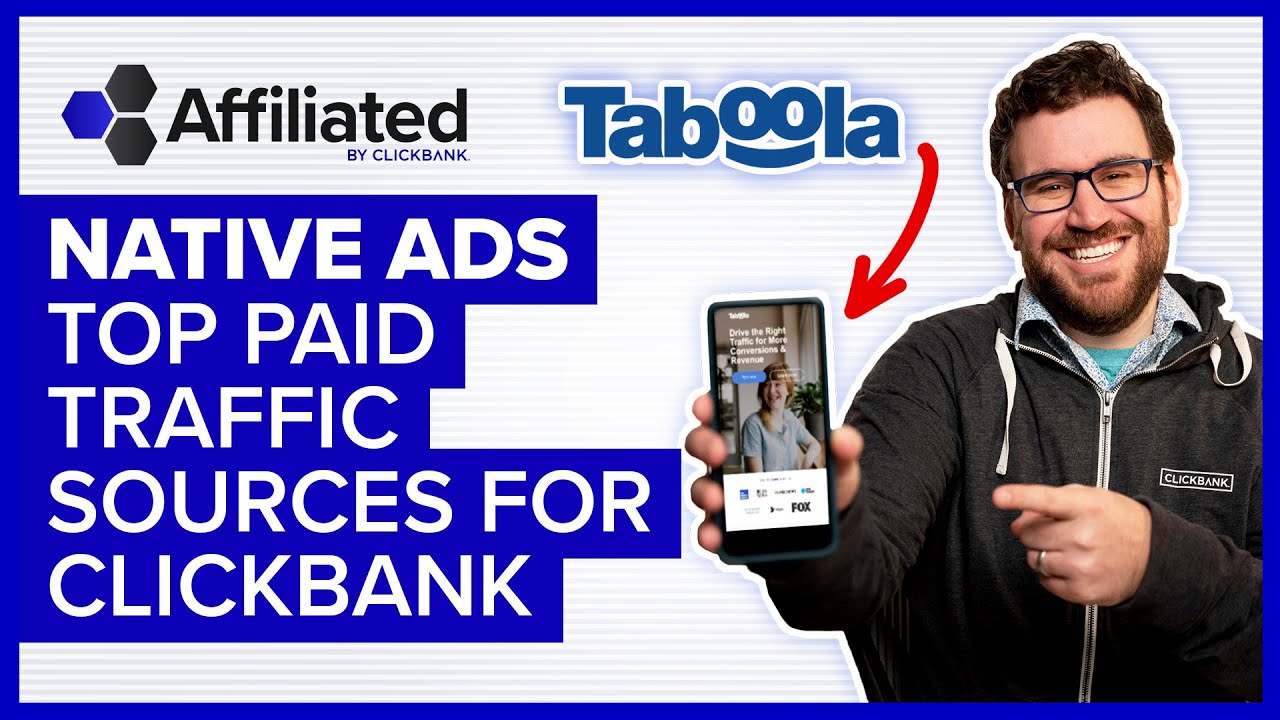
Native traffic refers to the display ads or content that blend seamlessly into the natural flow of a website, making it appear as if it is part of the website's regular content. This type of advertising is designed to be non-disruptive and to provide a better user experience, as it doesn't interrupt or distract the user while browsing a website.
With native traffic, the ad or content is typically presented in a format that is similar to the organic content on the website. It may include elements such as images, headlines, and text, but it is clearly labeled as sponsored or advertisement to avoid any confusion with the website's genuine content.
Native ads can appear on various platforms, including websites, social media feeds, and mobile apps. They are often identified by a small label or disclaimer indicating that they are sponsored content, which helps to maintain transparency and inform users that the content is a paid advertisement.
Native traffic can be an effective form of advertising as it blends in with the website's content, making it more likely to capture the attention of users. Additionally, because native ads are designed to be less intrusive, they tend to have higher engagement rates compared to traditional display ads.
1. Improved user experience
2. Higher engagement rates
3. Increased brand awareness
4. Enhanced credibility and trust
5. Targeted and relevant content
Overall, native traffic offers advertisers a way to reach their target audience in a non-disruptive and effective manner. By seamlessly integrating ads into the natural flow of a website, native traffic helps to deliver a positive user experience while achieving marketing goals.
Benefits of Native Traffic
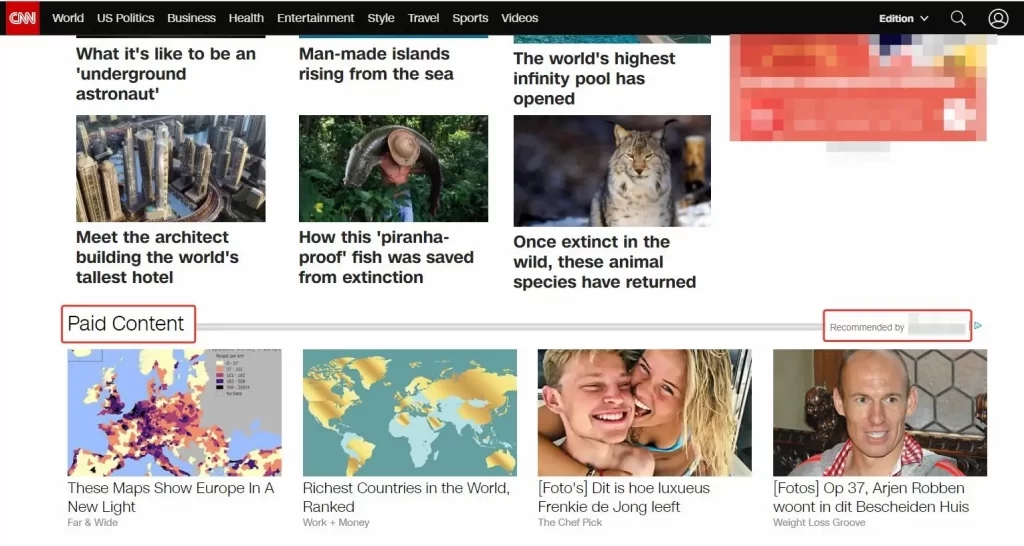
1. Higher Engagement: Native ads blend seamlessly with the content of a website or app, creating a more natural and less intrusive user experience. As a result, users are more likely to engage with these ads, leading to higher click-through rates and conversions.
2. Improved Brand Visibility: Native ads provide an opportunity for brands to showcase their products or services in a non-disruptive way. By appearing alongside relevant content, these ads can increase brand visibility and awareness, leading to better recognition and recall among users.
3. Greater Relevance: Native ads can be targeted based on user demographics, interests, and behavior, allowing advertisers to deliver highly relevant content to their target audience. This personalized approach enhances the overall user experience and increases the likelihood of users engaging with the ad.
4. Enhanced Ad Performance: Native ads have been found to deliver better performance metrics compared to traditional display ads. Studies have shown that native ads have higher viewability, longer time spent on the ad, and lower bounce rates, resulting in improved ad performance and ROI for advertisers.
5. Increased Trust and Credibility: Native ads are often perceived as more trustworthy and credible compared to other forms of advertising. By aligning with quality content, native ads can leverage the trust and credibility of the publisher, increasing the likelihood of users considering the advertised product or service.
6. Ad Blocker Bypass: Native ads are less likely to be blocked by ad blockers compared to traditional display ads. As these ads match the look and feel of the website or app they appear on, they are often seen as content rather than intrusive advertising, avoiding ad blockers and ensuring maximum reach for advertisers.
7. Flexibility and Customization: Native ads offer flexibility in terms of format and design, allowing advertisers to match the ad creative with the look and feel of the native environment. This customization helps to maintain the seamless user experience and maximize the impact of the ad.
Types of Native Traffic
Native traffic refers to the type of traffic that appears seamlessly within the user interface of a website or mobile app. It is designed to match the look and feel of the surrounding content, providing a non-intrusive and engaging user experience. There are several different types of native traffic that advertisers can utilize to reach their target audience:
In-Feed Ads
These ads are integrated within the content feed of a website or app. They appear as part of the natural flow of the feed, matching the formatting and style of the surrounding content.
Recommendation Widgets
These widgets provide personalized recommendations to users based on their browsing behavior and preferences. They are usually placed at the bottom or alongside the main content, encouraging users to discover additional relevant content.
Promoted Listings
Popular on e-commerce platforms, promoted listings display sponsored products or services within the search results or category pages. They blend in with the organic listings, making it harder for users to distinguish between paid and non-paid content.
Custom Sponsored Content
This type of native traffic involves creating custom content that aligns with the website or app's editorial style while promoting a brand or product. It can take the form of articles, videos, or interactive experiences, providing value to the user while discreetly promoting the advertiser.
In-Ad Content
In-ad content refers to the native elements that are embedded within traditional banner ads or display ads. These elements can include product recommendations, user reviews, or interactive features that enhance the user experience and drive engagement.
By utilizing different types of native traffic, advertisers can seamlessly integrate their messages into the user experience, resulting in higher engagement and conversion rates compared to traditional banner advertisements. It is important for advertisers to carefully consider the placement and design of their native ads to ensure they are relevant, non-disruptive, and provide value to the user.
Implementing Native Traffic

Implementing native traffic strategies can significantly boost your website's visibility and engagement. Native traffic refers to ads that blend seamlessly into the website's content and mimic the look and feel of the surrounding elements. This creates a more natural and non-intrusive user experience. If you want to improve your website's native traffic, consider the following steps:
Identify your target audience: Understanding your target audience is crucial before implementing any native traffic strategy. Research their preferences, demographics, and browsing habits to tailor your content and ads accordingly.
Create high-quality and relevant content: Focus on producing valuable and engaging content that aligns with your target audience's interests. By providing informative and entertaining content, you can attract more users and increase your chances of conversion.
Choose the right native traffic platform: Select a reliable and reputable native traffic platform that suits your specific needs. Look for platforms that offer various targeting options, advanced analytics, and easy campaign management.
Design visually appealing and native-looking ad units: To achieve a seamless integration, design your ad units to match the visual style of your website. Use similar font styles, color palettes, and images to maintain consistency and avoid any distractions.
Optimize your ad placements: Experiment with different ad placements to find the most effective areas on your website. Test different positions, such as within content or in the sidebar, and monitor the performance to maximize conversions.
Monitor and analyze results: Regularly track and analyze the performance of your native traffic campaigns. Monitor metrics like click-through rates, conversion rates, and engagement to identify areas for improvement and make data-driven decisions.
By implementing native traffic strategies and utilizing a reliable native traffic platform, you can increase your website's visibility and attract quality traffic. Consider incorporating these techniques and remember to test and make adjustments based on your audience's response. If you're looking to boost your web traffic, you can also consider web traffic buy options to supplement your native traffic efforts.
Creating Engaging Native Ads

Native advertising has become an effective way for brands to connect with their target audience. By blending seamlessly into the surrounding content, native ads have the potential to grab the attention of users and evoke engagement. To create engaging native ads, here are a few tips to keep in mind:
1. Know your audience: Understanding your target audience is crucial for creating engaging native ads. Conduct market research to identify their interests, preferences, and demographics. This information will help you craft content that resonates with your audience and captures their attention.
2. Tell a story: Native ads should tell a compelling story that captures the audience's interest and drives them to take action. Whether it's through a captivating headline, an intriguing image, or a well-crafted video, storytelling can help create an emotional connection with your audience and make your native ads more engaging.
3. Keep it relevant: Relevance is key when it comes to native ads. Make sure your content aligns with the context and format of the platform where your ads are displayed. This will make your ads feel more natural and less intrusive, increasing the chances of user engagement.
4. Use compelling visuals: Visual elements play a crucial role in capturing the attention of users. High-quality images and videos can make your native ads more visually appealing and increase their engagement potential. Consider using professional graphic design services or web traffic buy to enhance the visual impact of your native ads.
5. Test and optimize: Creating engaging native ads is a continuous process of testing and optimization. Monitor the performance of your ads and make data-driven decisions to improve their effectiveness. A/B testing different variations of your ads can help you identify what works best with your target audience and maximize engagement.
In conclusion, creating engaging native ads requires a deep understanding of your target audience, the ability to tell a compelling story, keeping your content relevant, using compelling visuals, and constantly testing and optimizing your ads. By implementing these tips, you can create native ads that captivate your audience and drive meaningful engagement.
Choosing the Right Native Traffic Platform
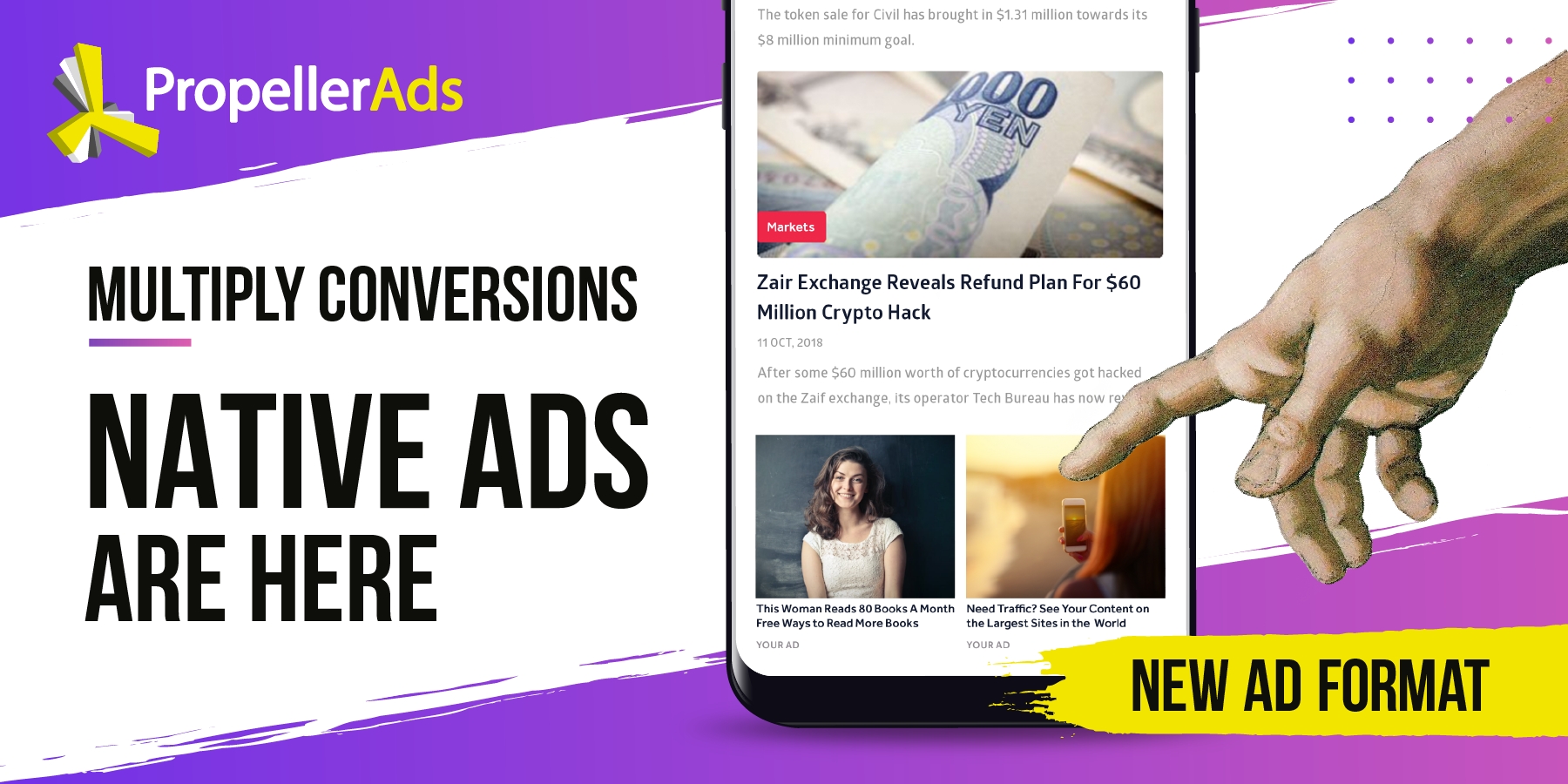
Native advertising has become an essential part of any digital marketing strategy. With its ability to seamlessly blend into the user experience, native ads have proven to be highly effective in driving engagement and conversions. However, in order to maximize the success of your native ad campaigns, it is crucial to choose the right native traffic platform. Here are some key factors to consider when making your decision:
Target Audience:
It is important to select a platform that allows you to target your desired audience effectively. Look for platforms that provide advanced targeting options such as demographics, interests, and behavior patterns. This will ensure that your ads are reaching the right users who are most likely to be interested in your offerings.
Ad Format:
Different native traffic platforms offer various ad formats. Consider which format aligns best with your advertising goals and the preferences of your target audience. Whether it's in-feed ads, recommendation widgets, or content recommendations, choose a platform that provides the ad format that will create the most impact and highest engagement for your brand.
Scale and Reach:
Assess the scale and reach of the native traffic platform. Look for platforms that have a large number of quality publishers in their network, as this will ensure your ads are displayed on high-traffic websites and reach a wider audience. A platform with wide reach will provide more opportunities for your ads to be seen and clicked.
Performance Tracking and Optimization:
A good native traffic platform should provide detailed performance tracking and optimization capabilities. Look for platforms that offer real-time analytics and reporting, so you can monitor the performance of your campaigns and make data-driven decisions to optimize your ads for better results. Additionally, consider platforms that provide A/B testing capabilities to help you fine-tune your campaigns and improve their performance over time.
Cost:
Consider the pricing structure of the native traffic platform. Look for platforms that offer transparent pricing and flexible budget options. Pay attention to the bidding system, minimum spend requirements, and any additional fees or hidden costs. Choosing a platform that aligns with your budget will ensure that you can run your native ad campaigns without breaking the bank.
By carefully considering these factors, you can choose the right native traffic platform that will help you achieve your advertising goals and drive the desired results for your business.
Measuring Native Traffic Success
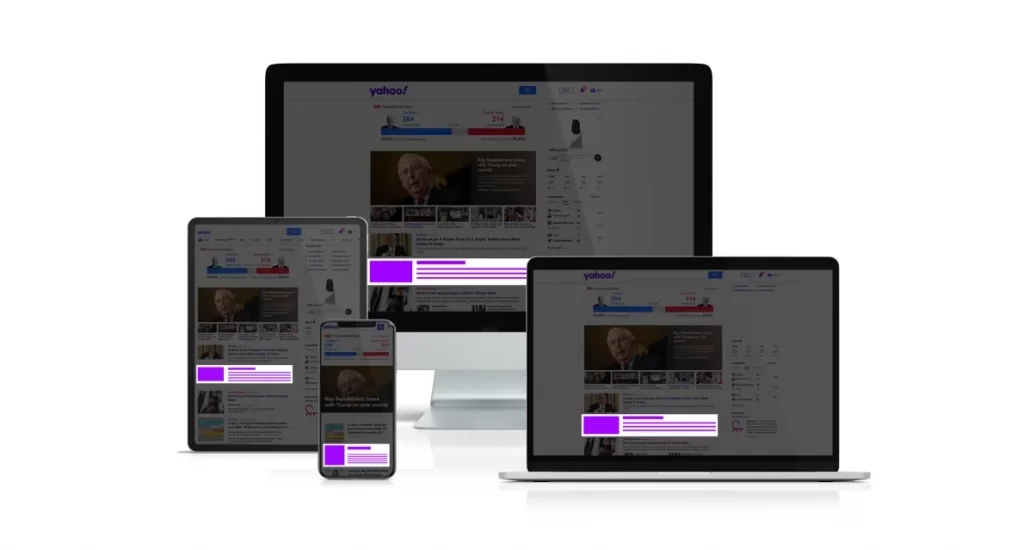
In order to determine the success of native traffic campaigns, various metrics can be used to measure its effectiveness. Here are a few key metrics to consider:
1. Click-through Rate (CTR)
CTR is one of the most commonly used metrics to measure the success of native traffic. It calculates the percentage of people who click on an ad after seeing it. A higher CTR indicates that the ad is compelling and resonating with the target audience.
2. Conversion Rate
Conversion rate measures the percentage of visitors who take a desired action, such as making a purchase or filling out a form, after clicking on a native ad. A higher conversion rate indicates that the ad is effectively driving user engagement and conversions.
3. Engagement Metrics
In addition to CTR and conversion rate, engagement metrics such as time spent on the landing page, number of pageviews, and bounce rate can provide insights into the effectiveness of native traffic campaigns. These metrics help assess user interest and whether the ad is capturing attention and driving meaningful interactions.
4. Return on Investment (ROI)
ROI is a crucial metric to determine the success of any marketing campaign. It measures the profitability and effectiveness of native traffic by analyzing the cost of running the campaign compared to the revenue generated. A positive ROI indicates that the campaign is generating a profit and achieving its objectives.
5. Brand Lift
Brand lift measures the impact of a native traffic campaign on brand awareness, recognition, and perceptions. This can be measured through surveys, brand recall studies, and brand sentiment analysis. A successful native traffic campaign should contribute to an increase in brand awareness and positive brand perception.
By analyzing these metrics and constantly monitoring their performance, advertisers can optimize their native traffic campaigns to maximize their success. It's important to keep in mind that different campaigns may have different goals and objectives, so it's essential to choose the metrics that align with those goals for accurate measurement of success.

Buy CPC Traffic | Buy Display Ads | Exclusive traffic sources | Buy Push Ads | Popunder ADS | Buy Native Ads | Buy Preroll Ads
Secret Search Arbitrage Keyword List for Native Traffic (Taboola, Outbrain, Yahoo Gemini)
Secret Search Arbitrage Keyword List for Native Traffic (Taboola, Outbrain, Yahoo Gemini) by Marcel Sattler | PurpleBlack Native Advertising 4,270 views 1 year ago 9 minutes, 32 seconds
What is native traffic?
Native traffic refers to the type of website traffic that comes from native ads. Native ads are ads that match the form and function of the website or platform they appear on, making them look like natural content.
How does native traffic help businesses?
Native traffic can be highly beneficial for businesses as it allows them to reach their target audience in a non-disruptive way. Native ads blend seamlessly with the content on the website, increasing the chances of engagement and conversions.
What are some examples of native ad formats?
Some common examples of native ad formats include in-feed ads that are displayed within a website's content feed, sponsored content that appears as an article or blog post, and recommendation widgets that suggest related content at the end of an article.
How can advertisers optimize their native traffic?
Advertisers can optimize their native traffic by creating attention-grabbing headlines, using high-quality images or videos, and providing valuable and relevant content in their ads. It is also important to test and track the performance of different ad variations to determine what works best for their target audience.
Can native traffic help improve SEO?
While native traffic itself may not directly impact SEO, it can indirectly contribute to SEO efforts by increasing website traffic, engagement, and visibility. When users interact with native ads and visit the advertiser's website, it can potentially lead to higher search engine rankings over time.
2022-2024 @ Native traffic
Last updated